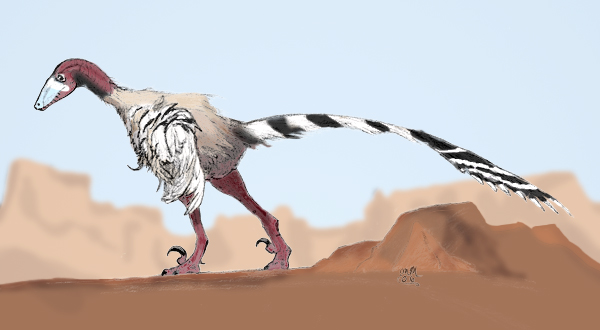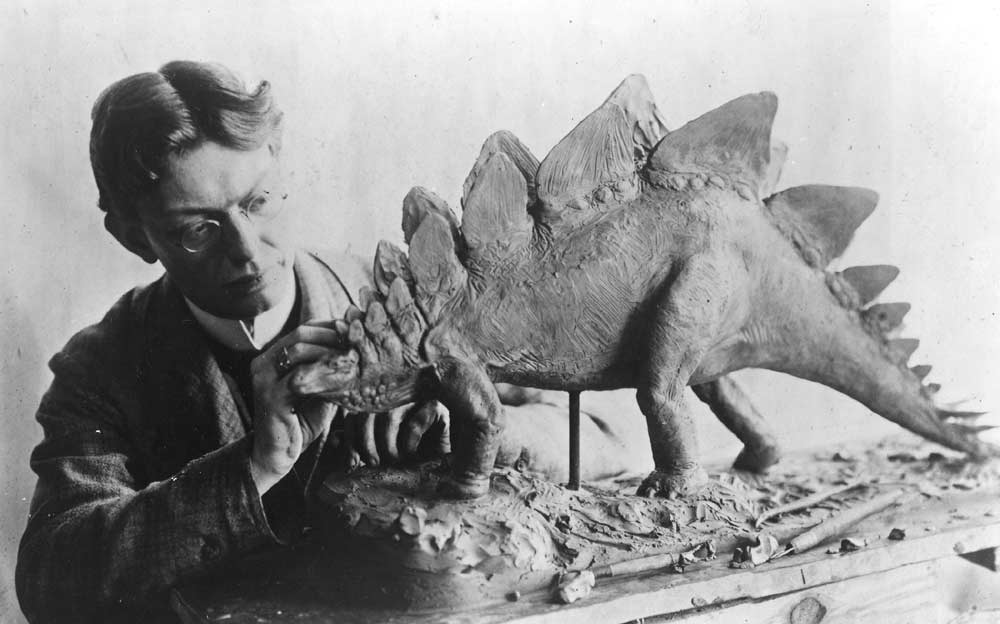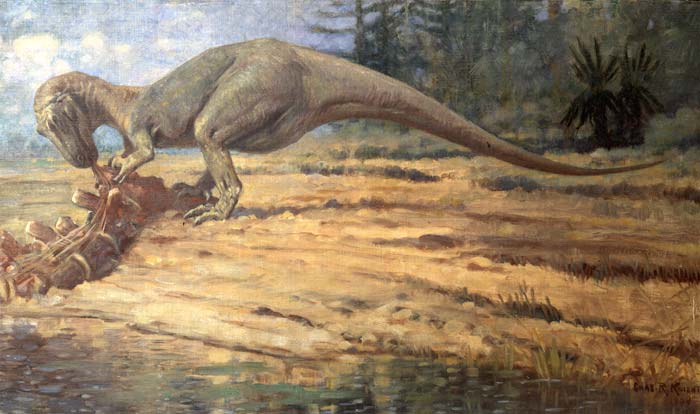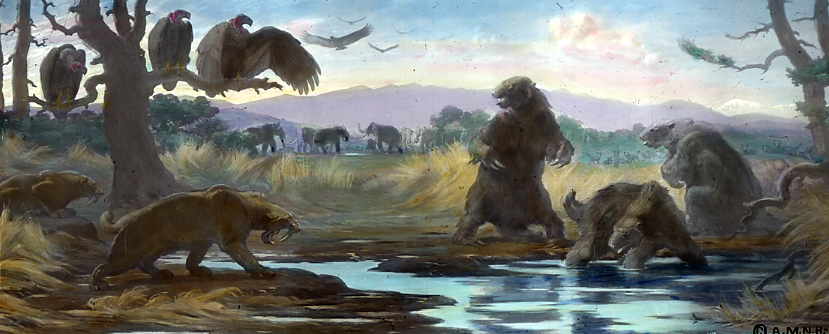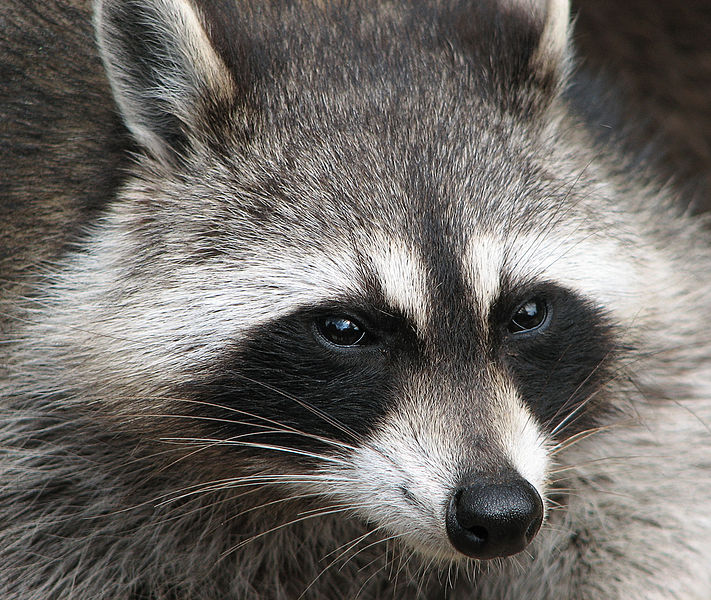So, it's about time I started posting some interesting tidbits every day once again. I'll get the post all about the squirrel research I helped with up later, but for now, let's explore something at least related, shall we?
It's an aspect of animal behavior called altruism. Now, altruism is used colloquially to describe any act that is beneficial to others. You might call yourself an altruist if you give money to a homeless person, or donate to a charity. However, in biological terms, altruism has a specific definition, and is thus a specific behavioral phenomenon. Speaking in these terms, altruism is defined as an act which is beneficial to another individual or group of individuals, and is costly to the individual completing the act. Say, for example, that you jump in front of someone about to be stabbed, and you take the hit instead. The other person has directly benefited, and you have taken the cost upon yourself of having a knife thrust into you by some asshole. Even if you weren't stabbed, you still took the risk, and that's considered a cost.

Now, several animals display behavior that can be classified as altruistic. In the case of the squirrels I help study, individuals will cry out in alarm when there is a sighted predator, giving away their position (and thus putting themselves at risk), and alerting others to the danger (thus benefiting them by giving them early warning of a threat).
But speaking in terms of evolution, there is an inherent problem with altruism at face value. Why would any animal have the programmed impulse to put itself at risk? In terms of natural selection, it's a conundrum, because (in theory) animals without the behavior would not put themselves at risk nearly as much, and would be more likely to reproduce and out-breed the altruists, leading to the population becoming more selfish over time and weeding out the altruists. Yet in populations like the Belding's ground squirrel meadow I spent the last 11 days in, this doesn't happen. So, the question for evolutionary biologists and ethologists was, why?
That question was a remarkable issue for biologists for years. Even Darwin lamented in "On The Origin" that species like the social insects

(which are full of individuals blindly sacrificing themselves for the good of the colony without reproducing themselves at all) could be the death of his theory. The puzzle remained irritatingly unsolved until the 1960's, when a British biologist named W.D. Hamilton came along and offered the answer. In his 1964 paper "the genetical evolution of social behaviour", Hamilton proposed a model for how altruism had evolved, without breaking the rules of natural selection. It involved a mechanism called kin selection.
In order to understand kin selection, a brief discourse upon how it works must first be made. Now, you are filled with genes, composed of DNA. Duh. But an important part of how heredity works is understanding the principles which explain your genetic relationship with other people. For instance, if you have a brother or sister, you share the same parents. Thus, it is highly likely that you share a number of the same genes with your sibling. You might have the same color eyes, for example, or have similar facial structure. And similar principles also apply to your behavior. Humans are a bad example for this, because so much of our behavior is learned rather than genetically programmed, but bear with me. If your brother has a gene that makes him afraid of spiders (theoretically, of course), it is more likely that you will also have this gene. You might not actually have it, but the point is that (because he's your brother) you have the highest probability of sharing that gene because of your close relatedness to him.

His cousin has a slightly lesser chance of sharing the gene, and a second cousin has an even more scant chance. When you get to friends (i.e., people unrelated to him at all), it's basically a crapshoot over whether they'll have that gene or not because they're not related to him. So, the point here is that if you have a gene (or set of genes) that code for a certain behavior in response to a certain stimulus, your relatives (depending upon how closely they are related to you) are likely to have it as well.
Now, lets come back to kin selection and dear Dr. Hamilton. Altruism, according to Hamilton's paper, can be explained using the phenomenon of relatedness outlined above. How? Well, it's really pretty simple. Natural selection favors individuals with a higher fitness. Fitness is the reproductive success of an animal. But more basically, an animal with high fitness is able to spread it's genes better or more often than an individual with low fitness. Usually, this is achieved by a particular animal being stronger or better adapted, and thus more likely to reproduce.

But with altruism, natural selection
can favor behavior negative to oneself
if it promotes fitness indirectly. See, if you examine altruistic behavior in animals very closely, it almost always occurs among related individuals, and not distant relatives or unrelated individuals. The reason for this is that in order for altruism to be adaptive, it must promote an individual's fitness more than a non-altruistic individual. So, if an animal saves it's sibling, the chances are that it's sibling shares many of the genes that it does, and even if the altruistic animal dies as a result of it's act, most of it's genes will will be passed on by the closely related family member, including the genes for altruism.
The result is what is now called "Hamilton's rule", a mathematical model for altruistic behavior. It reads as follows:
rB > C
In which:
r= coefficient of relatedness (an arbitrary value describing how closely related the two individuals are
B= the net benefit to the recipient of the behavior
C= the net cost to the actor
Thus, in order for altruism to be adaptive, the above inequality must be true. So, that explains why you are compelled to be nice to your family: because they'll pass on your genes even if you take a knife for one of them.
 Then, in future tests with the same rat, the scientists would observe the rat pausing upon encountering the first landmark from before. Then, on the computer, the same pattern of neurons fired as when the rat followed the maze before, even though the animal was stationary. This thus showed that the rat was actually pausing to think about the direction to the food, and when it resumed movement, it reached the cookie much faster. So, rats actually have the ability to "record" memory very vividly for future use!
Then, in future tests with the same rat, the scientists would observe the rat pausing upon encountering the first landmark from before. Then, on the computer, the same pattern of neurons fired as when the rat followed the maze before, even though the animal was stationary. This thus showed that the rat was actually pausing to think about the direction to the food, and when it resumed movement, it reached the cookie much faster. So, rats actually have the ability to "record" memory very vividly for future use!






